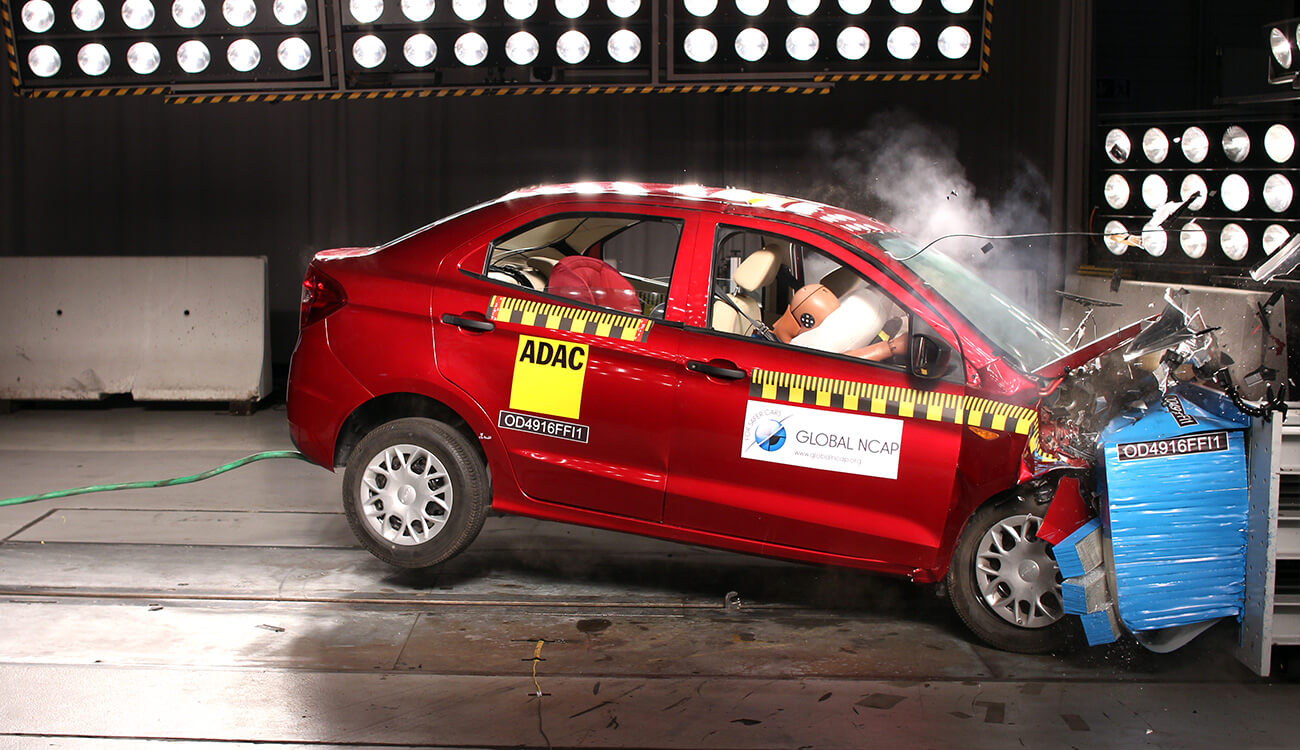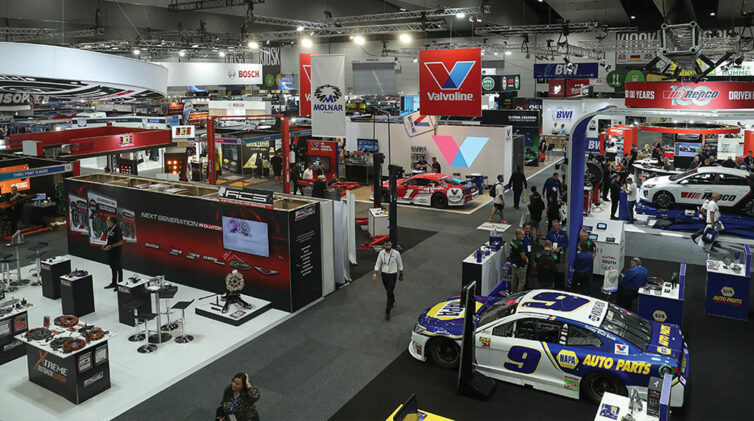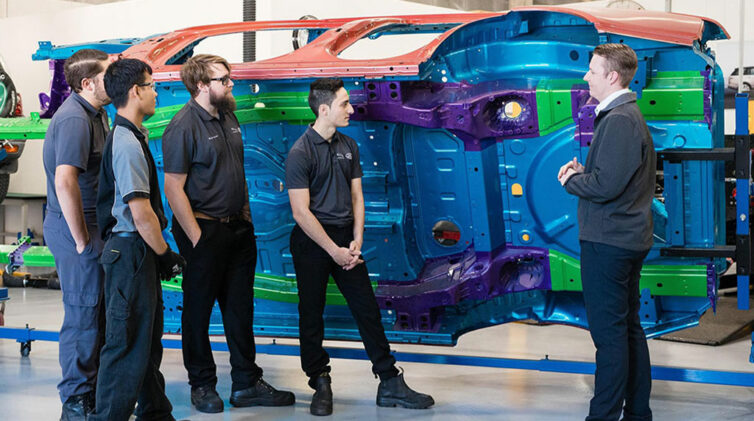Thirteen members of the FIA’s 264-strong motoring club member list converged on the south island to discuss matters around road and vehicle safety, with MBAP senior manager of public relations, product and corporate communications David McCarthy and ANCAP chief executive officer James Goodwin presenting to the delegation.
“FIA is predominantly a road safety organisation,” said Mr McCarthy. “The fact that it’s connected to Formula One is incidental. This is their purpose and they spend money all around the world, and they have grant programmes all around the world to improve road safety.
“Some of the presentations were really interesting; whether it’s specifically Uber having women drivers in India for women, for example. I have a new appreciation of what they do and just seeing the huge difference between all the different clubs in the different regions.”
Mr McCarthy demonstrated the company’s experimental E-Class autonomous vehicle to delegates, with the aim of lowering the expectations of autonomous technology.

Same same: Australian experts argue that safety standards for cars should not be lower in developing markets.
“I made a point that they need to talk about autonomy in the right way,” he told GoAuto in Queenstown. “They’re assistance systems you need to understand, and this car’s at a level two, but level five is what you’re thinking.”
As well, Mr McCarthy supported Mr Goodwin’s position that governments and motoring advocacy bodies around the world are in a position to apply pressure to car companies who build cars to lower safety standards in emerging markets.
“One of the subjects that was tabled was manufacturers selling cars in some markets with less safety kit,” Mr McCarthy said. “And I ventured an opinion on that but I thought that was unacceptable, as well.
“I made the point that the motoring clubs, in Europe, have millions and millions and millions of people. The government that legislates, you need to engage them. You’ve got power, you’ve got position, you’ve got profile, you’ve got respect.
“I made that point pretty hard. And while my agenda is slightly different, I said there’s a lot of areas where we can work together.”
Mr Goodwin said that the clubs in attendance were mostly from emerging nations, where there is a very different concept around advocacy and vehicle standards.

Renault Duster
“I was invited to give a workshop and a case study on vehicle advocacy,” said Mr Goodwin, “and how they can use their influence as a motoring club to improve vehicle standards in their country.”
Clubs from Vietnam, Cambodia and India were present, and Mr Goodwin said that these nations have an opportunity to accelerate the addition of safety standards more quickly than was the case in Australia, thanks to advancements in vehicle technology.
“They should find it easier to get some of the safety features into their cars that we expect today,” he said.
“I said to them that you need sound research, and you need to use that research to communicate to governments and politicians, and then you need to activate them, to get them interested – or even angry – enough to make a difference.
“There’s market forces, and there’s regulations, and (the motoring clubs) can use both.”
Mr Goodwin showed ANCAP’s crash test between a 1998 and 2015 Toyota Corolla as part of his presentation to highlight the differences in safety standards that have occurred in relatively quick time.
“People can be out of the new car market for a number of years until they come to buy a new car,” he said. “That’s why we need to come up with new ways to keep having that discussion around vehicle safety.”
Mr Goodwin also discussed differing levels of vehicle safety in less mature markets, and urged car-makers to standardise safety content of their cars at a higher level.

Datsun Go
“What we want to see is a good global standard, where you know that when you pick up a rental vehicle or you buy a vehicle in another country, it should be as safe or safer than the car that you’re driving in your home country,” he said.
“We see too many examples of a sliding scale of vehicle safety in different regions. If we consider that Europe has the safest vehicles, Australia does quite well but not as good as Europe, and then you look at some of the south east Asian countries, who would have a lot fewer safety features than Australian cars have.
“I don’t think that’s acceptable. Why is a life in one country considered more valuable than a life in another country?”
He highlighted the recent launch of a Kia Rio sedan variant in Latin America that scored zero in adult occupant protection and one in child occupant protection.
“It’s technically the same car we get in Australia,” he said. “Structurally that car is very safe, but it’s offered to customers in Latin America without ABS or stability control.”
Mr Goodwin revealed that if cars were built to government code for sale in Australia, the vehicles would offer far less safety equipment.
“This is where NCAPs around the world are very important,” he said. “We are not regulation, we are above regulation. We have a non-regulatory approach to try and improve the quality of vehicles in the market.
“In the Australian context, if all cars were built to regulations, there would be no car with an airbag, but that would not meet community standards or expectation.
“People should be pushing the boundaries, and not just aiming to meet regulations. They should be doing the best they can do, within the cost structure that they can afford.”
By Tim Robson in New Zealand

Tata Zest












 Read More: Related articles
Read More: Related articles

